Backyard bird counting is a rewarding activity that connects people with nature while contributing valuable data to scientific research. Hosting your own bird count event transforms a solo birding experience into a community celebration of local wildlife, creating opportunities for education, conservation awareness, and social connection. Whether you’re organizing for family, friends, neighbors, or a local club, a well-planned backyard bird count combines citizen science with the joy of wildlife observation. The following guide will walk you through every aspect of hosting a successful and enjoyable bird count event that participants will remember fondly while making a meaningful contribution to ornithological research.
Understanding the Purpose of Citizen Science Bird Counts
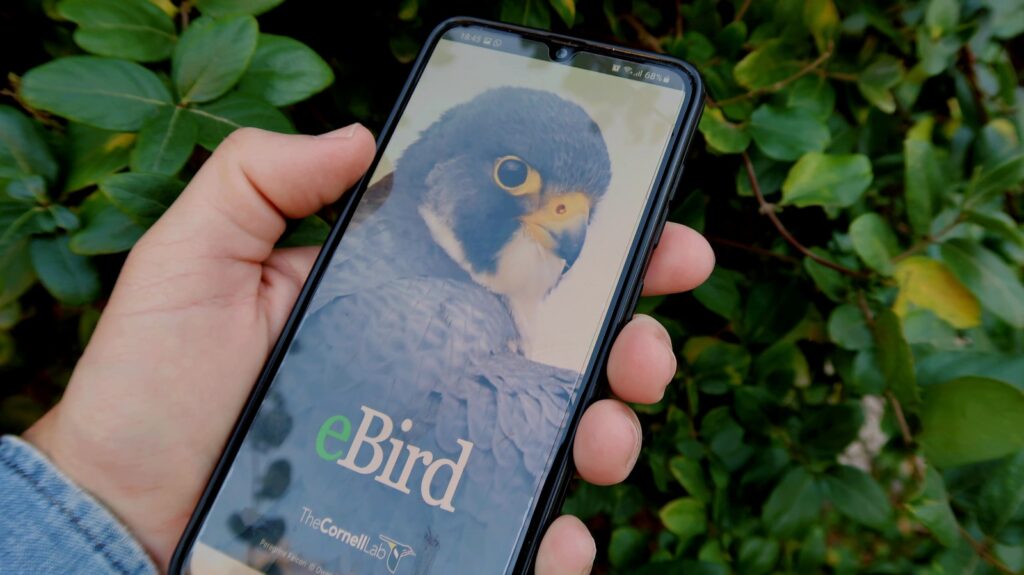
Citizen science bird counts serve as critical data collection tools for ornithologists and conservation organizations to monitor bird populations, migration patterns, and habitat use across wide geographic areas. Projects like the Great Backyard Bird Count, Audubon Christmas Bird Count, and eBird rely on volunteers to gather information that would be impossible for scientists to collect alone. These collective observations help track bird population trends, identify species at risk, document range expansions or contractions, and inform conservation decisions. By hosting a backyard bird count, you’re not just organizing a fun event—you’re contributing to a global scientific enterprise that helps protect birds and their habitats for future generations.
Selecting the Right Date and Time
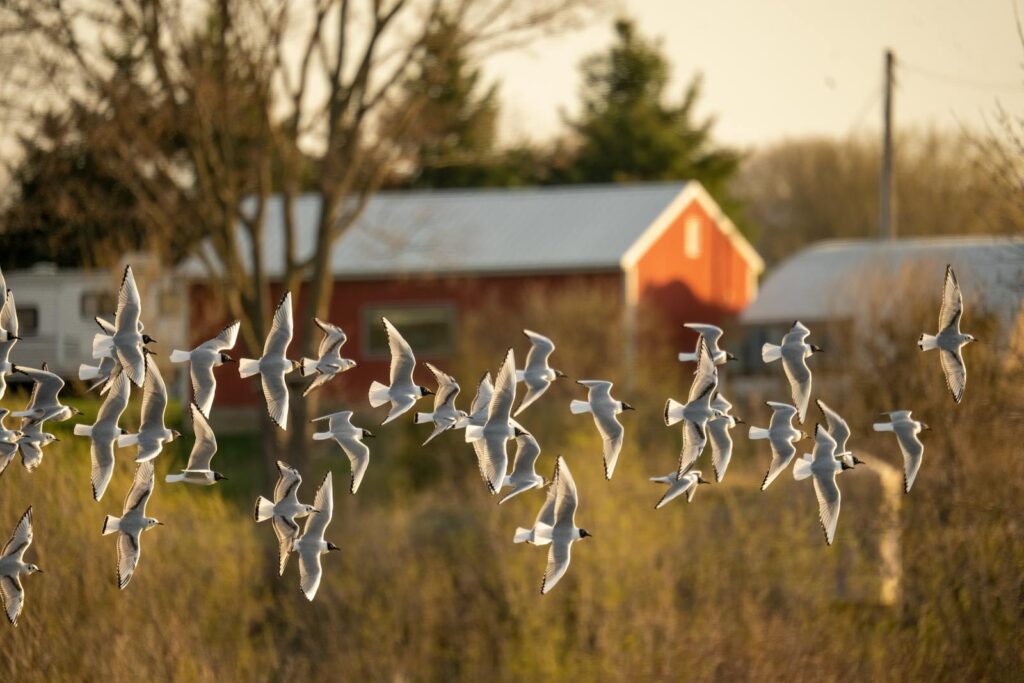
Timing is crucial for maximizing both bird activity and participant enjoyment at your count event. Early morning hours, particularly from dawn until about 10 AM, typically offer peak bird activity as many species actively feed during this time. Alternatively, late afternoon before sunset can be productive for observing different feeding patterns. Consider seasonal factors as well—spring and fall migration periods can provide exciting opportunities to spot unusual species, while winter counts often highlight year-round residents that may otherwise be overlooked. Check the calendar of established citizen science projects like the Great Backyard Bird Count (February), Project FeederWatch (November-April), or Global Big Day (May) to align your event with national or international counting efforts, which can enhance the scientific value of your data and provide ready-made protocols to follow.
Preparing Your Backyard Habitat
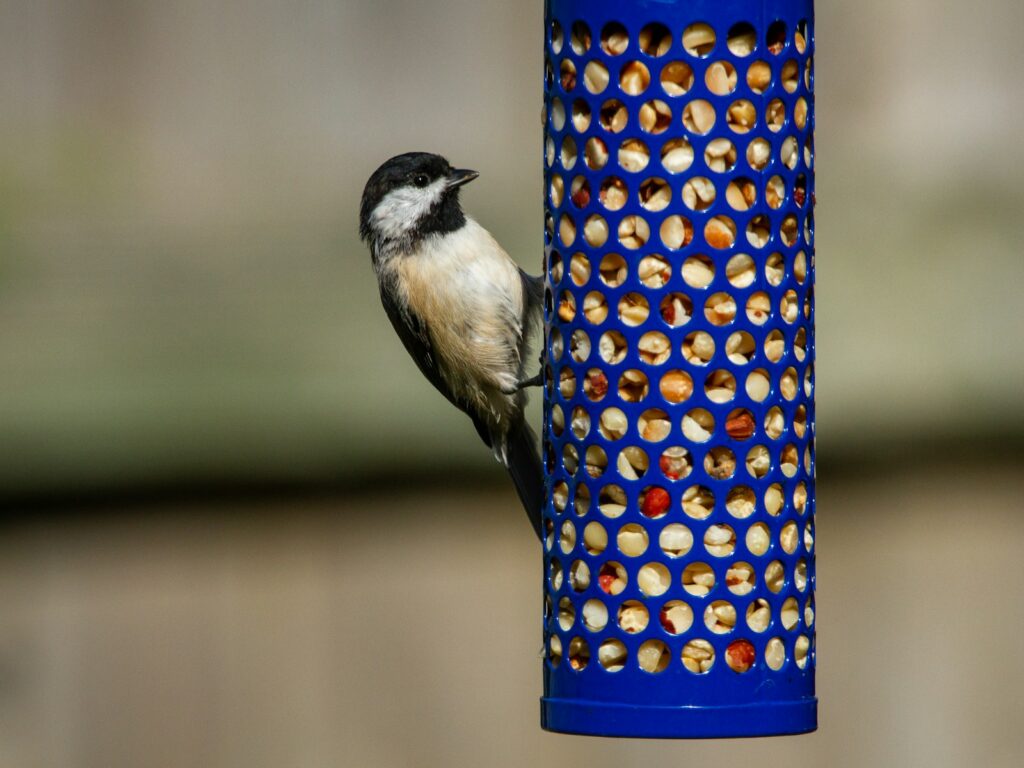
Creating an inviting habitat weeks or months before your event significantly increases the number and variety of birds you’ll observe. Install different feeder types—tube feeders for small songbirds, platform feeders for larger species, suet cages for woodpeckers, and nectar feeders for hummingbirds—to attract diverse species with varying feeding preferences. Ensure clean, fresh water is available through bird baths or small water features, as water sources are powerful bird attractants even when feeders are present. Maintain natural food sources by planting native trees, shrubs, and flowers that produce seeds, berries, or attract insects that birds consume. Create shelter areas with brush piles, dense shrubbery, or evergreen trees where birds can retreat from predators or harsh weather, making them more likely to remain in your yard during the count period.
Gathering Essential Supplies and Equipment
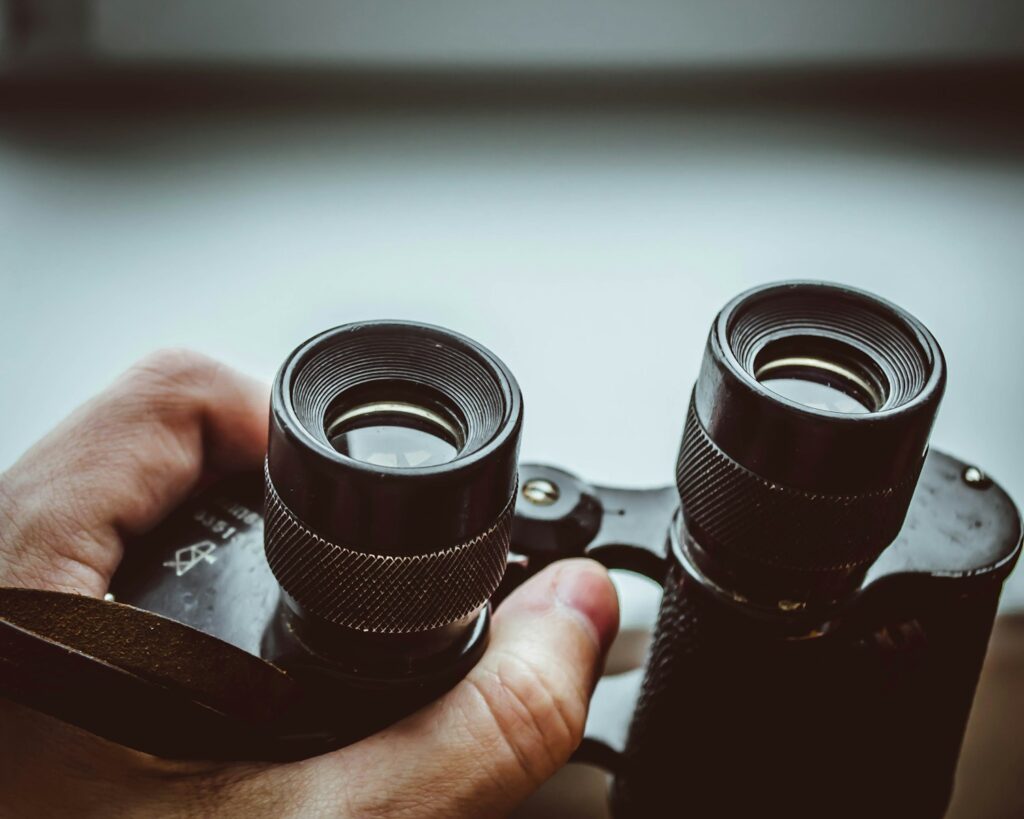
Proper equipment makes bird identification easier and enhances the experience for all participants, especially beginners. Provide several pairs of binoculars if possible, with at least one pair for every two to three participants, and briefly demonstrate proper focusing techniques at the start of your event. Have multiple field guides available that feature clear illustrations or photographs—popular options include Sibley, National Geographic, Peterson, or Merlin Bird ID app resources. Create or print bird checklists specific to your region and season, which participants can use to record their sightings systematically. Supply clipboards, pencils, and reporting forms that match the format required by any citizen science project you’re participating in, along with a digital camera or smartphone for documenting unusual sightings that might require verification.
Creating an Inviting Experience for Participants
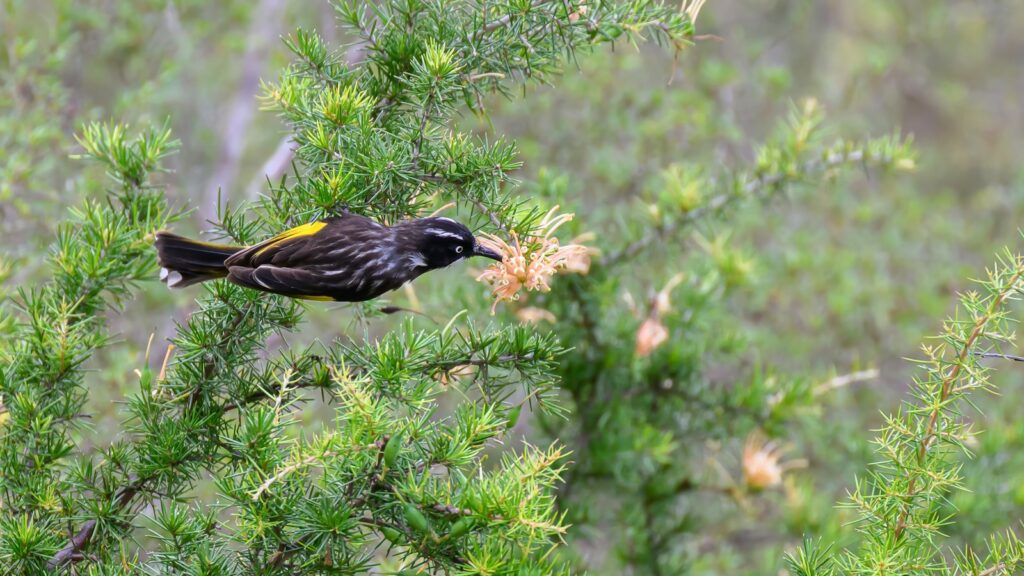
Making your bird count accessible and enjoyable for participants of all ages and experience levels is key to a successful event. Set up comfortable seating areas with good sightlines to feeders and natural feeding areas, including some sheltered or shaded options depending on weather conditions. Prepare refreshments that reflect the theme—seed-topped muffins, “worm” gummy candies, or bird’s nest cookies can add a playful touch while keeping participants energized. Establish a quiet zone for serious counting and a separate area where children or chatty participants can enjoy the experience without disturbing birds or focused observers. Consider accessibility needs by ensuring paths are clear and creating observation stations accessible to participants with mobility challenges, as inclusive planning makes your event welcoming to a broader community.
Recruiting and Organizing Participants
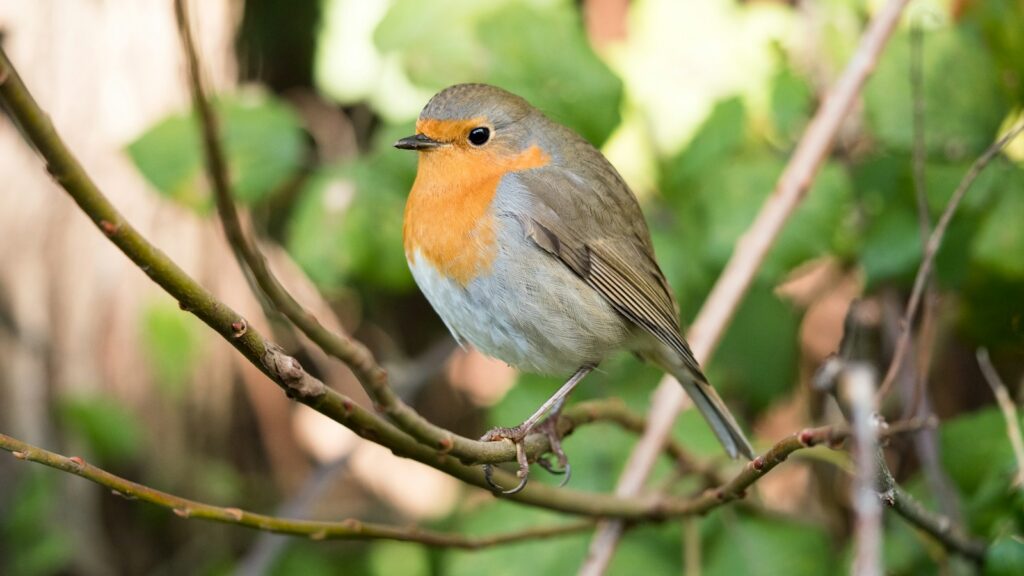
Building an enthusiastic group of attendees requires thoughtful promotion and organization well before the event date. Start by reaching out to local bird clubs, nature centers, homeschool groups, scout troops, or neighborhood associations where potential bird enthusiasts might already gather. Create engaging digital invitations with clear details about the event’s purpose, schedule, what to bring, and how to prepare, including links to bird identification resources for beginners. Use social media neighborhood groups and local online calendars to spread the word, emphasizing both the fun social aspects and the scientific importance of the count. Consider implementing a simple registration system to track expected attendance, which helps with planning and allows you to communicate any weather-related changes or special instructions to confirmed participants.
Teaching Basic Bird Identification Skills
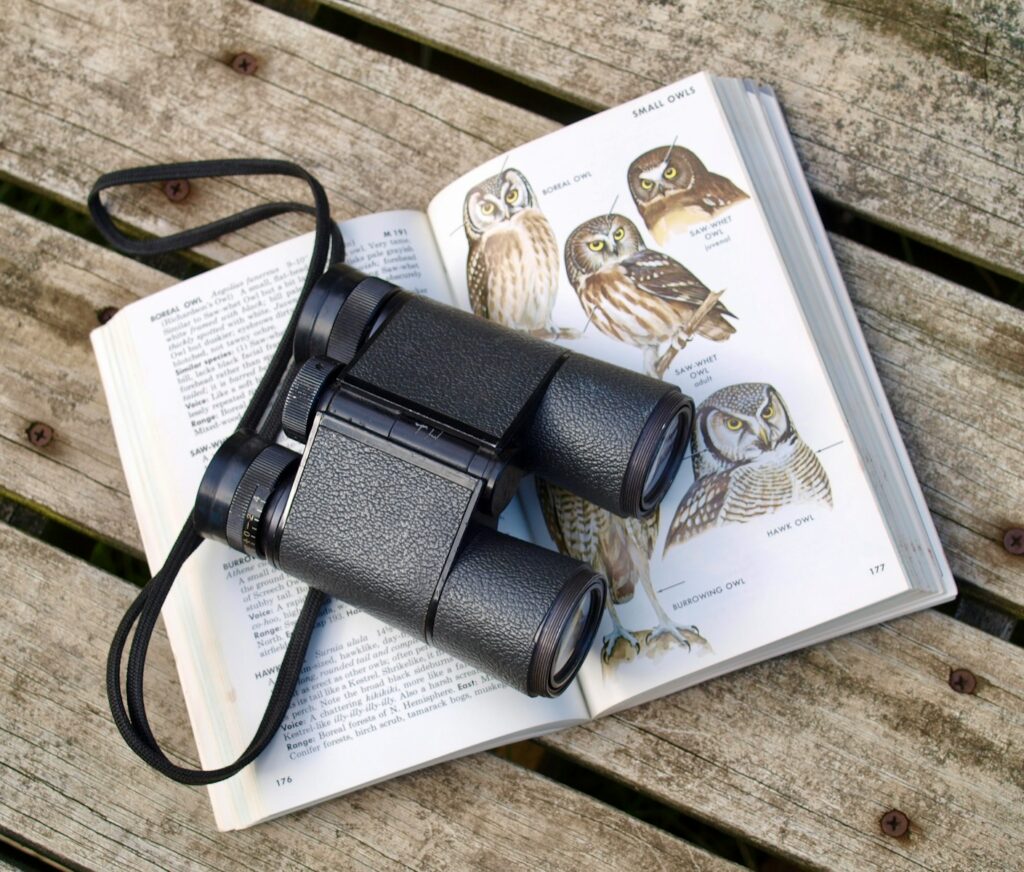
Many participants may be novice birders, making basic identification training a valuable addition to your event. Begin the event with a 15-20 minute “Bird ID 101” session covering the fundamental features birders use for identification: size, shape, color patterns, bill type, behavior, and habitat preferences. Create simple identification cards for common local species with photos and key field marks highlighted, which participants can reference throughout the count. Teach the helpful “GISS” approach (General Impression of Size and Shape) that experienced birders use to quickly narrow down possibilities before focusing on specific details. Pair beginners with more experienced birders when possible, creating mentorship opportunities that enhance learning and build confidence in identification skills that participants can use long after your event ends.
Structuring the Counting Process

A well-organized counting methodology ensures that your data will be scientifically useful while keeping the event running smoothly. Clearly explain the count protocol at the beginning, including whether you’ll be using the point count method (observing from fixed locations for set time periods) or walking transects through different habitat areas. Establish a system for preventing double-counting of the same birds, such as assigning different species to different observers or dividing the yard into observation zones. Develop a consistent way to record observations, whether on paper forms or through direct entry into smartphone apps like eBird or Merlin Bird ID. Schedule regular breaks every 45-60 minutes to prevent observer fatigue and allow time for participants to compare notes, ask questions, and refresh their concentration before returning to count with renewed attention.
Incorporating Educational Activities
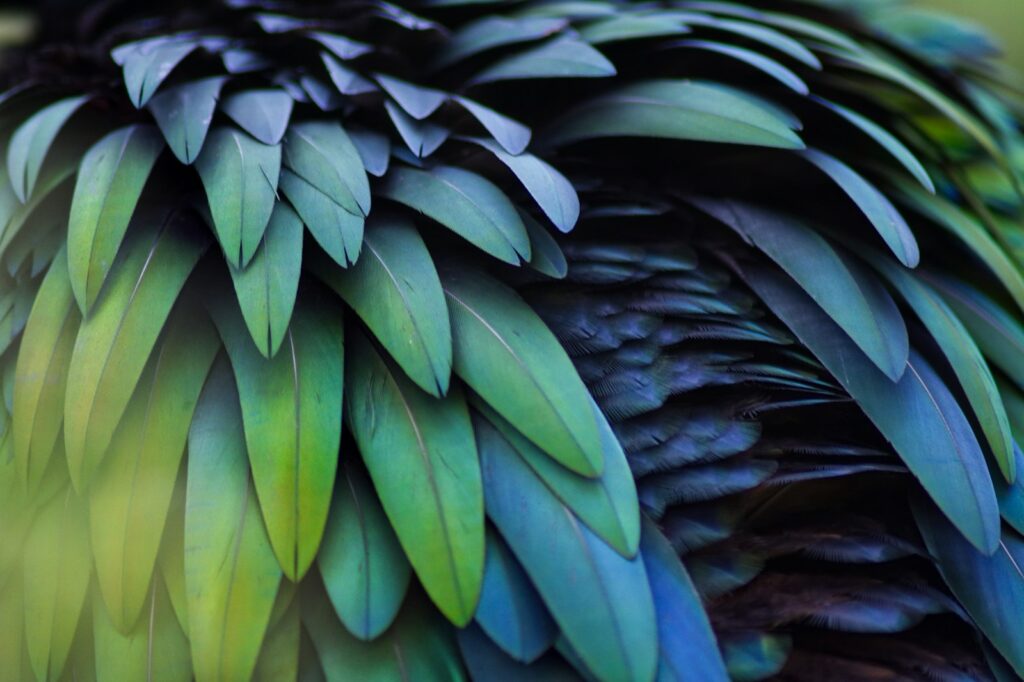
Enhancing your bird count with educational elements creates a more engaging and memorable experience, especially for younger participants or those new to birding. Set up a “Bird Behavior Bingo” game where participants mark spaces when they observe specific behaviors like preening, singing, nest-building, or territorial displays, adding a fun challenge beyond simple species identification. Create interactive learning stations participants can visit during breaks, featuring topics like feather structure, migration patterns, or bird conservation issues with hands-on elements for tactile learners. Organize a brief bird call recognition activity using recordings of local species, teaching participants to recognize common calls and understand how auditory identification complements visual observation. Consider bringing in a local ornithologist or experienced birder for a short presentation on a specific aspect of bird biology or conservation, adding depth to the citizen science experience and connecting count data to broader ecological understanding.
Managing Data Collection and Submission

Proper data management ensures your participants’ observations contribute meaningfully to scientific knowledge. Designate one person as the data coordinator responsible for reviewing observation forms for completeness and accuracy, helping resolve identification uncertainties, and compiling results from all participants. Create clear instructions for recording essential information like date, time, weather conditions, number of observers, observation duration, and exact location coordinates, as these contextual details are crucial for data analysis. Show participants how to distinguish between and record actual counts versus estimates for large flocks, and how to note unusual behaviors or conditions that might affect bird activity. Schedule a group data submission session at the end of your event where you can collectively enter observations into official platforms like eBird or project-specific databases, allowing participants to see how their efforts contribute to the larger citizen science initiative.
Addressing Common Challenges and Questions
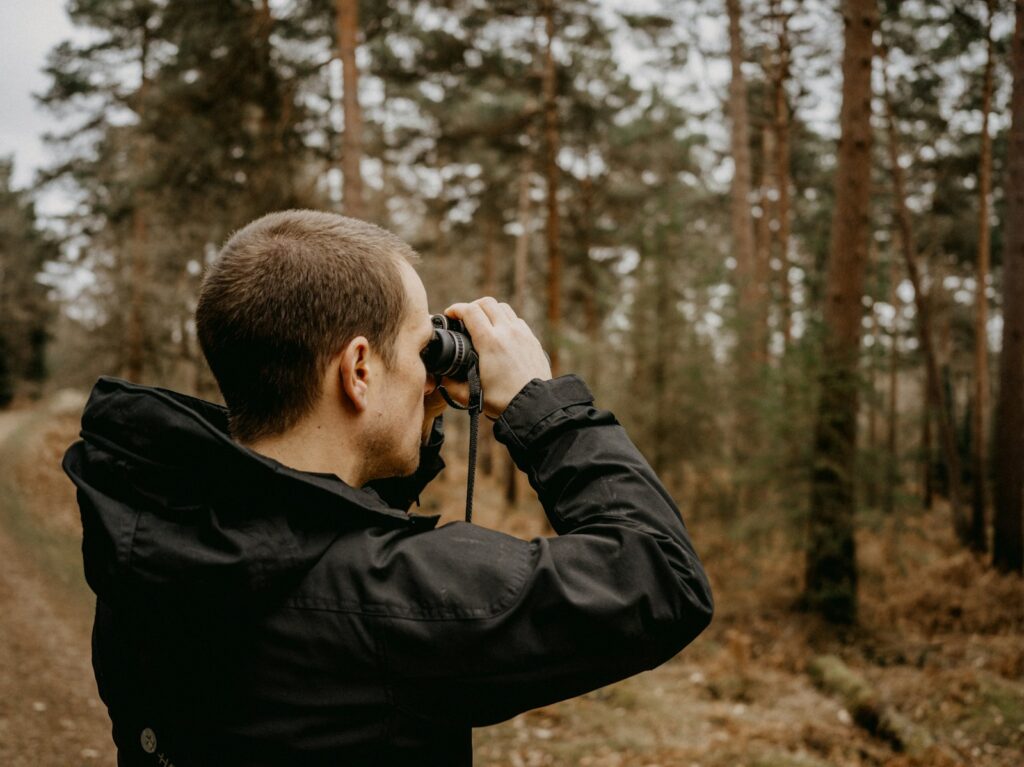
Preparing for typical difficulties ensures your event runs smoothly even when challenges arise. Develop a clear weather contingency plan beforehand, including possible rescheduling dates, indoor observation options through windows, or converting to a virtual session focused on identification skills should severe conditions occur. Prepare to handle identification disagreements constructively by establishing a protocol for documenting uncertain sightings with photos when possible and consulting multiple resources before finalizing records. Have strategies ready for maintaining participant engagement during slow periods, such as brief bird-related trivia sessions or discussions about interesting species that might appear. Create a resource list for answering common questions about feeding practices, migration timing, or local birding hotspots that participants can take home, extending the educational impact beyond the event itself.
Creating Post-Event Engagement
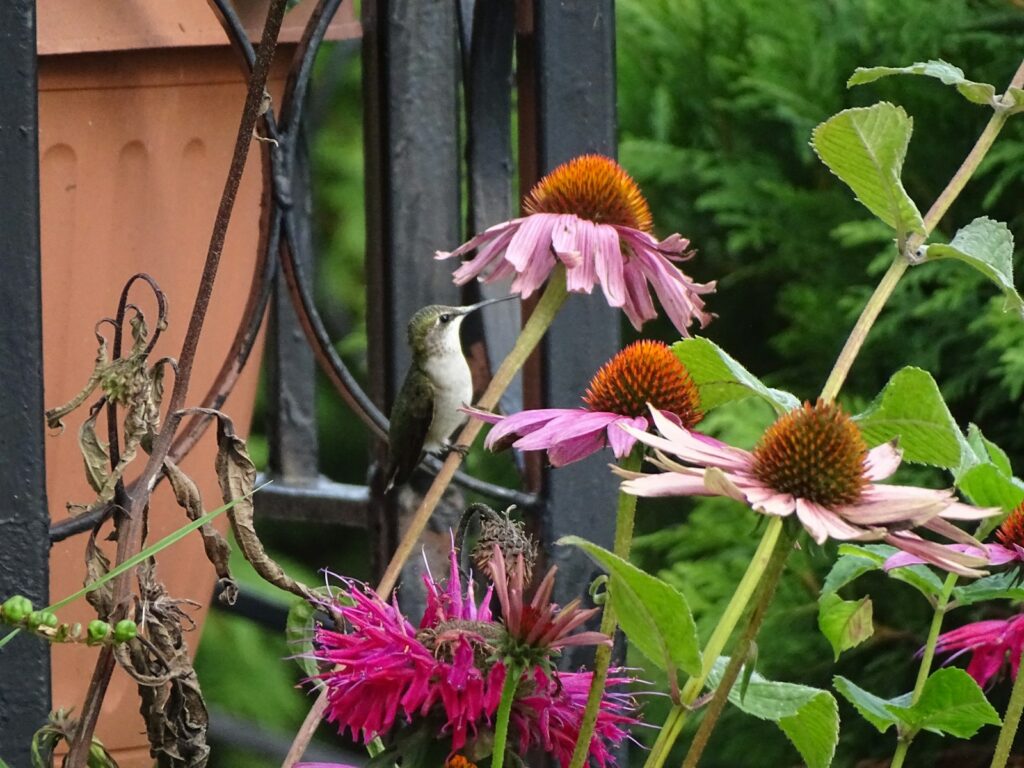
Extending the impact of your bird count beyond the event itself helps build community and sustains interest in bird conservation. Compile and share results with all participants within a week, including total species observed, unusual sightings, and comparisons to previous counts or regional data if available. Create a photo gallery where participants can contribute their best bird images from the event, fostering continued connection through shared experiences and memories. Establish a simple communication channel like an email list or social media group where participants can share future backyard sightings, ask identification questions, or plan informal follow-up birding activities. Provide information about upcoming citizen science opportunities, local bird club meetings, or conservation initiatives that allow interested participants to deepen their involvement in birding and scientific contribution.
Turning Your Count into an Annual Tradition
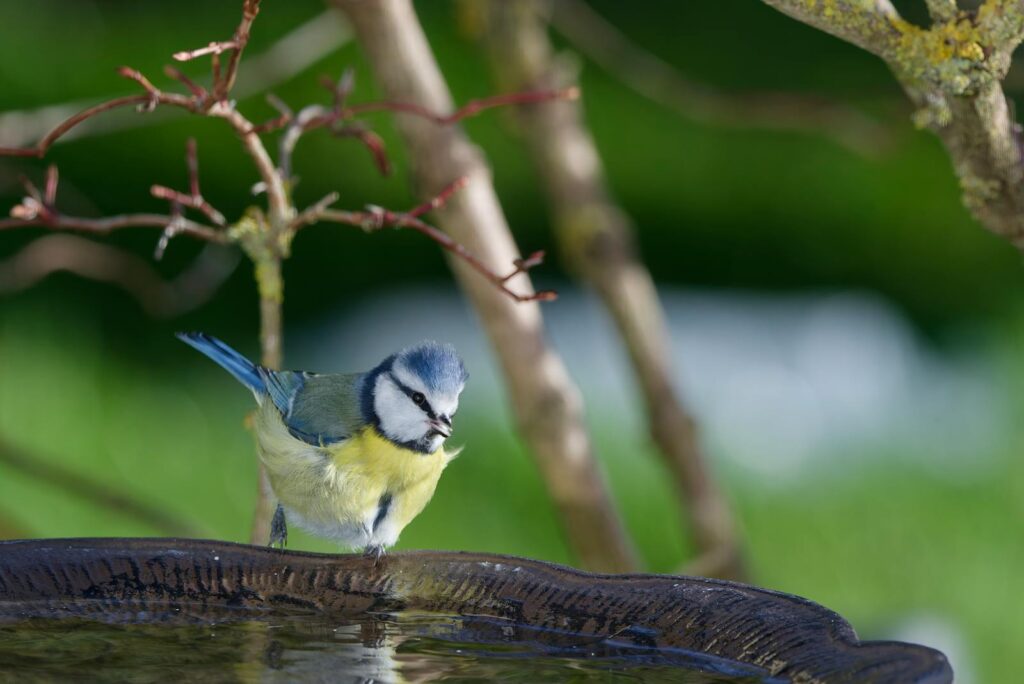
Building on your first success to create a recurring event strengthens both scientific value and community bonds. Collect detailed feedback from participants through a simple survey asking what they enjoyed most, what could be improved, and what additional elements they’d like to see in future counts. Document your planning process, successful activities, and lessons learned in a digital format you can reference when organizing subsequent events, creating a foundation for improvement and efficiency. Consider establishing a consistent schedule, such as the first Saturday in May or participating in the same national count each year, creating anticipation and allowing participants to plan ahead. Develop a core team of helpers who can take responsibility for different aspects of future events, distributing the workload and cultivating leadership that ensures sustainability even as individual organizers may come and go over time.
Hosting a backyard bird count event offers a powerful combination of scientific contribution, nature connection, and community building. By thoughtfully planning each aspect—from habitat preparation to participant education to data submission—you create an experience that satisfies experienced birders while welcoming newcomers to the joy of bird observation. Your event not only generates valuable data for bird conservation but also cultivates a deeper appreciation for local wildlife among participants. As they leave with new knowledge, skills, and memories, you’ve helped create not just a successful count but potentially a new generation of citizen scientists committed to understanding and protecting birds in their communities and beyond.
